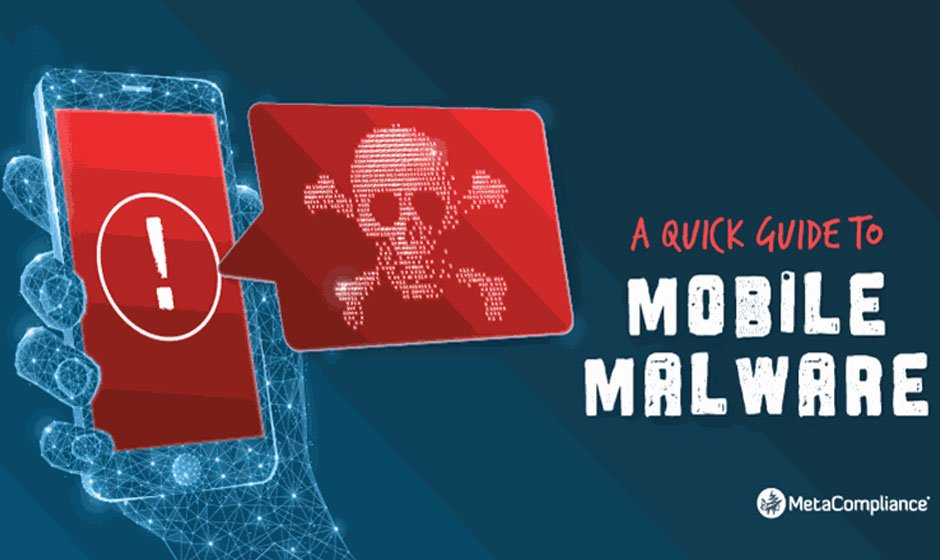Malware is the umbrella term for malicious software designed to infiltrate your device without your knowledge, cause damage, or steal data. Examples include adware, spyware, viruses, and worms.
It can infiltrate your system through phishing, unpatched software and applications, malware-laden websites, and apps from non-reputable app stores. It can also appear as pop-up ads or redirected website traffic.
Install Security Software
Security software, known as antivirus or programs, protects against viruses, spam, and malware. Viruses are self-replicating programs that spread by modifying other files, spam is the abuse of electronic messaging systems, and malware is a program that compromises the confidentiality, integrity, or availability of data, applications, and operating systems.
The most common effect of malware is that critical files disappear or become unusable. However, malware can do much more than that. It can encrypt your files, steal passwords and personal information, and even prevent you from opening them!
You must install and enable robust security software on all your devices. Many security applications are made to operate in the background to monitor and protect your devices from threats without slowing them down or interrupting your work.
Keep Your Software Updated
Keeping your device, software, and apps up to date is one of the most critical cybersecurity best practices. Whether you have automatic updates enabled or not, it’s a good idea to make checking for and installing new updates a part of your routine.
Cybercriminals and hackers look for flaws in the programs they target to infiltrate your devices with malware – computer viruses, worms, Trojan horses, ransomware, etc. When manufacturers spot these dangerous gaps, they usually release a software update to patch them. These software updates, known as patches, are one of the most effective ways to protect against threats like these.
It’s also worth noting that software updates usually include features or improvements to performance and speed. So, it’s essential to ignore notifications to install them if they seem too troublesome. If you share a device with family members, housemates, or coworkers, remember that their gadgets may be vulnerable to attack if they don’t install security updates. This is especially true for laptops and desktop computers regularly brought home.
Install a Firewall
Now, how to prevent malware? Installing a firewall is one of the best ways to protect your devices from malware. Firewalls are security roadblocks that help to prevent malware from entering your devices, especially if you click on fake error messages or pop-up windows that prompt you to download programs to “fix” them.
While a firewall can be hardware or software, it essentially does the same thing: monitors all incoming and outgoing data packets and allows or blocks them based on a set of security rules you or your network administrator set up. This helps to keep malware and hackers from accessing your internal devices or the Internet and ensures that you only send data out by your predetermined settings.
You can usually find your firewall settings in your device’s privacy and security section or the operating system’s general settings. For optimal protection, be sure that your firewall is updated regularly.
Run a Scan
Performing an in-depth malware scan regularly is essential. In addition to removing malicious software, scanning for malware helps troubleshoot Windows and Mac problems like Blue Screens of Death, crashes, unusual, challenging drive activity, unfamiliar screens or pop-ups, and more.
Malware can take many shapes, such as viruses, worms, spyware, and ransomware. It can be introduced into a device when you surf hacked websites, click on suspicious email attachments, or download programs or apps from unknown providers. It can even infect your devices when you use corrupted physical media such as USB sticks or external storage drives.
The safest way to clean an infected computer or mobile device is by reinstalling the operating system. However, this can wipe all data stored on the device if you haven’t backed it up. Using a malware removal tool to find and eliminate all kinds of malware from a system is a more efficient strategy. For example, our free cybersecurity suite uses one of the world’s largest threat-detection networks to detect and remove malware from computers, Macs, smartphones, tablets, and more.
Backup Your Data
The most effective way to fight malware is to prevent it from gaining access to your devices and ensure you have a backup. This helps if malware does make it onto your device, causing any data loss or other issues.
Malware is software that can invade and damage computers, computer systems, networks, tablets, and mobile devices, often by taking partial control of a device’s operations. It can steal information, encrypt data, corrupt or delete files, and spy on activity without your knowledge. Its motives are varied: making money, disrupting business, expressing political views, and more.
To protect your devices from malware, take proactive steps to prevent infection by installing anti-malware software, downloading apps from official app stores, and exercising caution when clicking links in emails or text messages. Keep your software updated, run a scan regularly, and use strong passwords with a mix of letters, numbers, and special characters. Ensure your data is backed up and stored securely, ideally offline.

